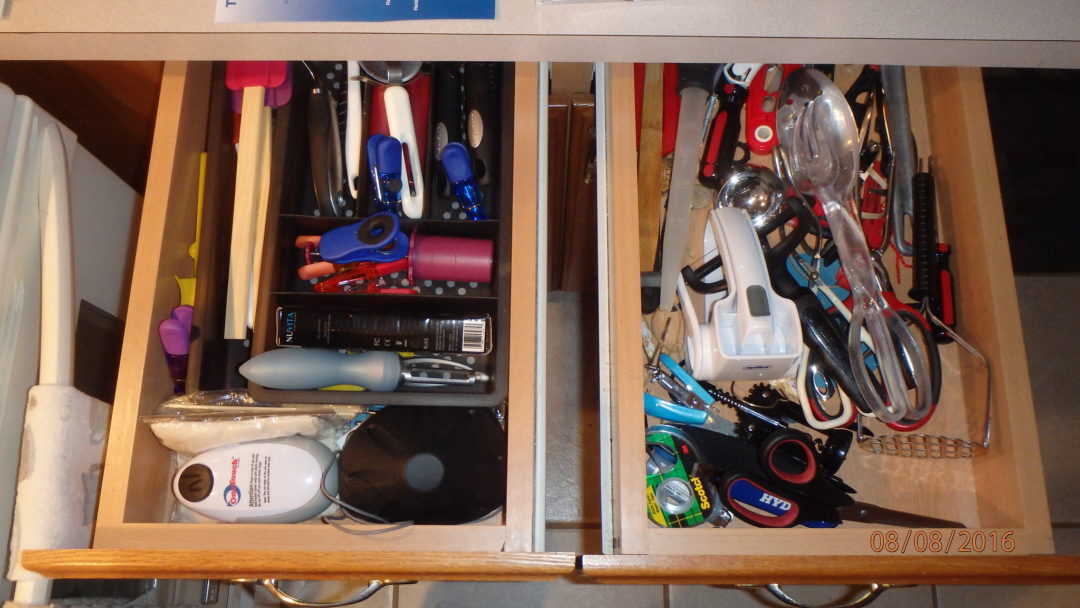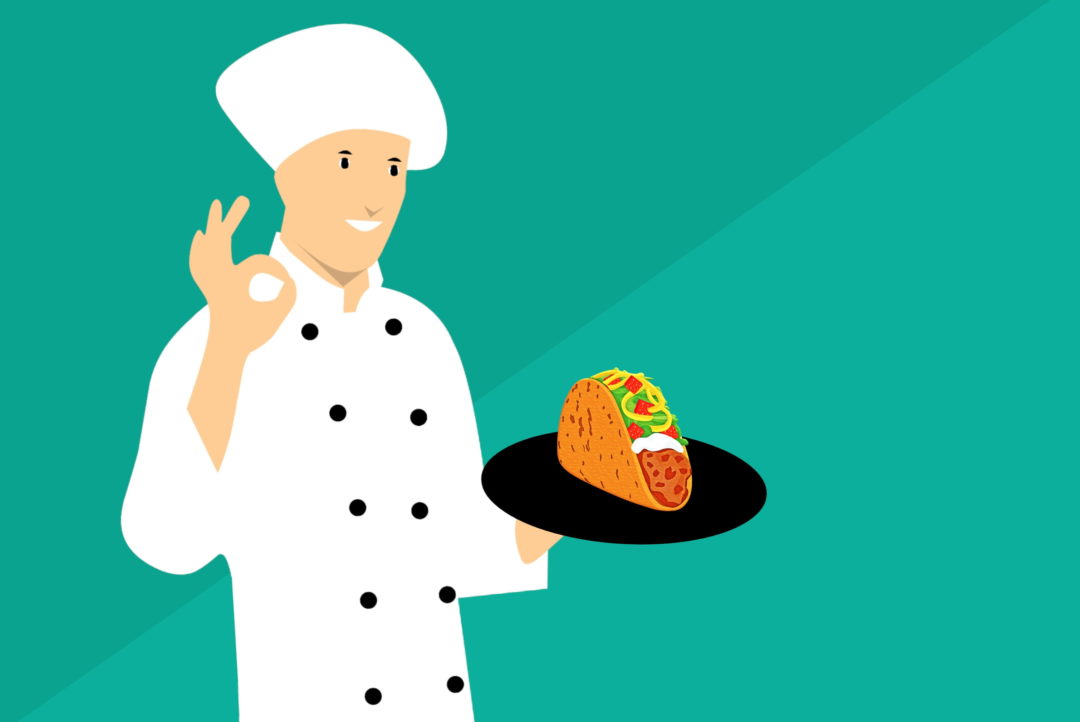In a conversation completely unrelated to this project my colleague Gardner Campbell described the forward to the Samin Nosrat’s cooking book Salt Fat Acid Heat as an appropriate to think about teaching.
In the forward to this book, Michael Pollan writes:
In Salt, Fat, Acid, Heat, Samin Nosrat manages to take us so much deeper and farther into the art of cooking than cookbooks ordinarily do. That’s because her book offers so much more than recipes, a literary genre that, while useful, has severe limitations.
A well-written and thoroughly tested recipe might tell you how to produce the dish in question, but it won’t teach you anything about how to cook, not really. Truth be told, recipes are infantilizing: Just do exactly what I say, they say, but don’t ask questions or worry your little head about why. They insist on fidelity and faith, but do nothing to earn or explain it. Think how much more we learn —and retain!— when a teacher doesn’t just enumerate the step-by-step instructions but explains the principles behind them.
Armed with reasons, we no longer have to cling to a recipe like a lifeboat; now we can strike out on our own and begin to improvise. Even though it contains plenty of excellent recipes, this is a book concerned foremost with principles.
The premise of this book is that understanding and mastering the four principles in the title can enable you to cook anything successfully.
“This book will change the way you think about cooking and eating, and help you find your bearings in any kitchen, with any ingredients, while cooking any meal. You’ll start using recipes, including the ones in this book, like professional cooks do—for the inspiration, context, and general guidance they offer, rather than by following them to the letter.”
As it happens this unanticipated reference had a direct relationship to the metaphor we created for this project– that creating practice problems for open textbooks was like cooking.
So we tried to devise the “Four Elements of Open Homework Practice Problems.” Are these perfect? What recipe is? But perhaps keeping them in mind will be a guide for the cooking you are doing with H5P and Pressbooks.
- Context. Where is the problem situated related to the content it is supporting? Does it build upon earlier learning or scaffold later to more practice? What is its alignment to a learning objective? Is it relevant to something the learner can identify with?
- Feedback. What ways and how specifically does the problem give constructive responses when used? Is it immediate and useful?
- Practice. Does the problem provide the kind of practice that musicians, performers do improve their skills? How is repetition used constructively? Is it reinforcing and amplifying the open textbook’s purpose?
- Design. How is the problem presented, written? Is media used effectively? Are accessibility issues addressed? How are answer options crafted?
Perhaps these are not the essential elements yet, but we would like to refine this as a framework for our to be published Kitchen Book. Let us know what you think are the elements and what needs to be addressed.
Image Credit: “Four assorted spices in glass bottles” free to use image from PikRepo


